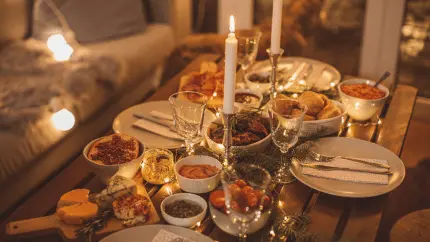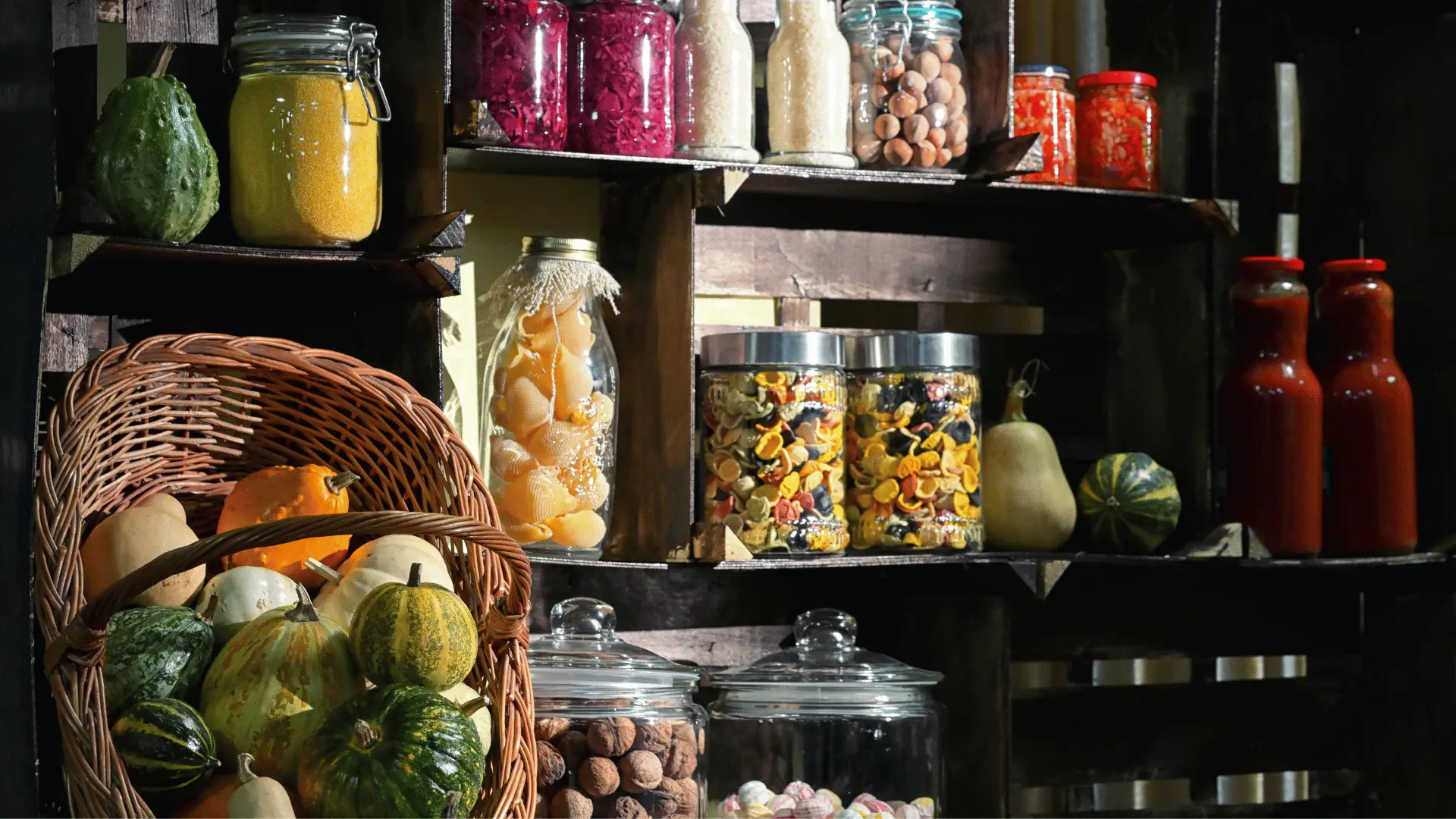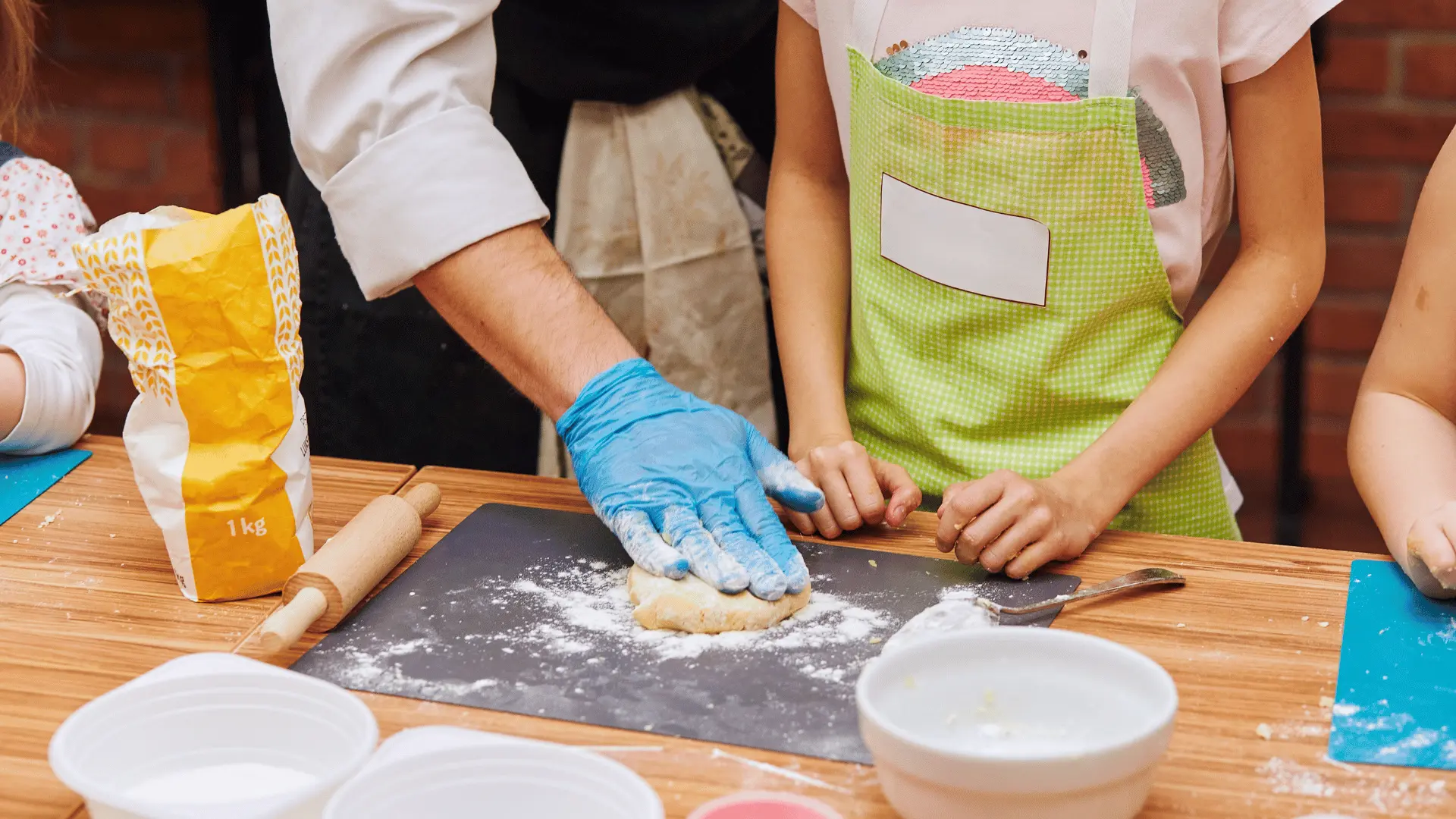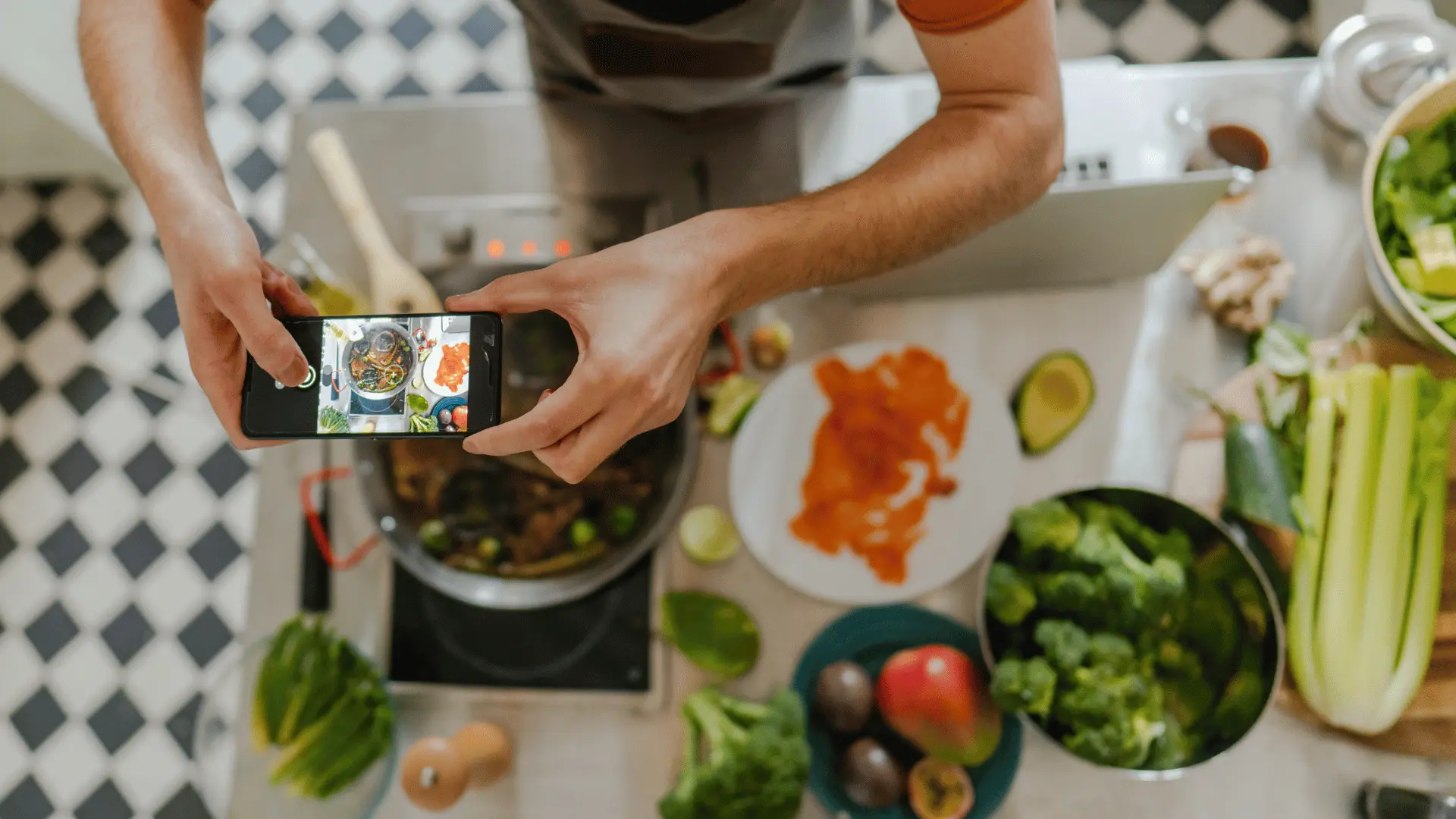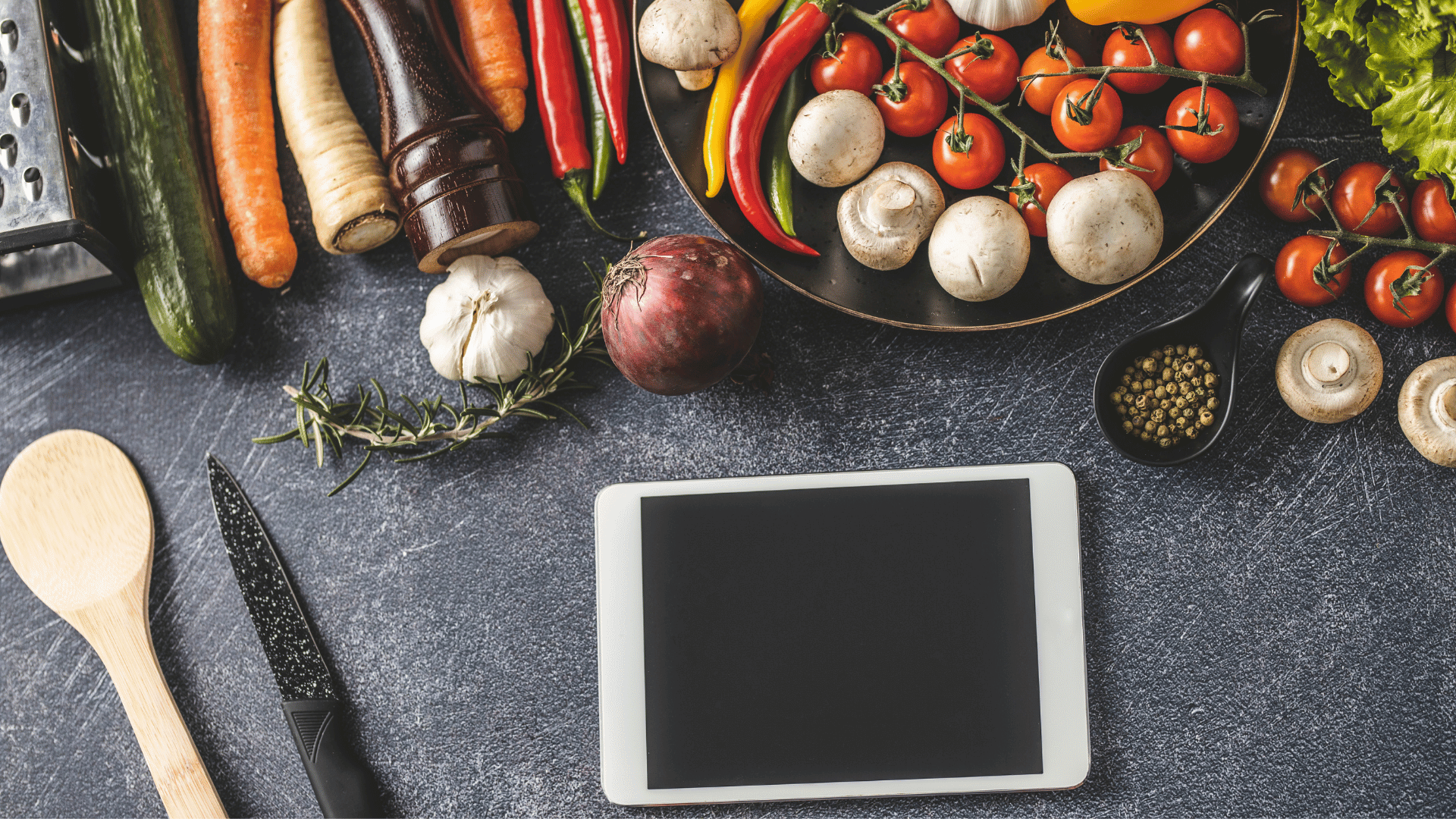
Why Electronic Recipes Matter for Preserving Heirloom Dishes
Every family has at least one heirloom dish. Maybe it’s the lasagna your grandmother made every Christmas, the fried chicken your dad swore by, or the pecan pie that always topped the Thanksgiving table. These recipes are more than instructions—they’re family heirlooms passed down through generations. But here’s the hard truth: unless they’re preserved, they’re at risk of disappearing.
Handwritten cards fade, paper gets misplaced, and sometimes the only version of a recipe lives in someone’s memory. That’s where electronic recipes come in. Far from being just convenient, they’re essential for protecting family food traditions in a way that lasts. Let’s explore why electronic recipes matter so much for preserving heirloom dishes and how you can make sure your family’s culinary treasures aren’t lost.
What Makes a Recipe an Heirloom?
An heirloom recipe isn’t just any dish—it’s one with deep meaning. It’s tied to memories, occasions, and identity. Think of:
- Holiday classics: Recipes that appear every year, like stuffing, tamales, or pumpkin pie.
- Everyday comforts: Dishes that anchored family dinners, like chicken soup or chili.
- Cultural connections: Recipes that reflect heritage—dumplings, gumbo, enchiladas, or curries that connect families to their roots.
- Personal signatures: Dishes made a certain way by a certain person, like your aunt’s cookies or grandpa’s barbecue sauce.
What makes them heirlooms isn’t their complexity but their story. They carry the fingerprint of the people who cooked them and the memories tied to every bite.
The Problem with Paper and Memory
Traditionally, recipes were passed down on index cards, in notebooks, or by watching and learning in the kitchen. While handwritten cards are beautiful artifacts, they’re fragile. Ink fades, paper tears, and recipes get lost in moves or house cleanouts. Even worse, many recipes exist only in memory—measured in pinches and handfuls, never written down at all.
Once a cook is gone, those recipes often vanish too. Ask any family who has lost a beloved matriarch or patriarch, and you’ll hear regrets: “I wish I had asked for her bread recipe” or “We can’t quite make his chili the same way.” These losses aren’t just culinary—they’re emotional. They’re pieces of family history that can’t be recreated.
Why Electronic Recipes Are Essential
Electronic recipes solve these challenges by making heirloom dishes durable, shareable, and expandable. Here’s why they matter:
- Permanence: Unlike paper, digital copies don’t fade or tear. Once stored, they can last indefinitely.
- Accessibility: Electronic recipes can be shared with siblings across the country or cousins around the world instantly.
- Organization: Digital cookbooks make it easy to categorize recipes by person, holiday, or type of dish.
- Storytelling: Beyond ingredients, electronic formats let you attach photos, videos, or even audio of loved ones explaining the recipe.
- Adaptability: Families can add notes, variations, and updates while still keeping the original version intact.
In short, electronic recipes aren’t about replacing handwritten cards—they’re about protecting them. They extend the life of fragile heirlooms and make them accessible to future generations.
How to Preserve Heirloom Recipes Digitally
Ready to safeguard your family’s culinary treasures? Here’s how to start:
1. Gather Everything You Can
Pull together recipe cards, notebooks, clippings, and even verbal instructions from family members. Don’t worry if they’re incomplete—document what you have.
2. Digitize the Originals
Scan or photograph handwritten cards to preserve the personality of the handwriting, the stains, and the notes in the margins. Those imperfections are part of the story.
3. Record Stories Alongside Recipes
Ask relatives about the backstory: Who made this recipe first? What memories are tied to it? Did it evolve over time? Record audio or video to capture their voices and faces along with the dish.
4. Use a Digital Platform
Organize recipes in a digital family cookbook with Recipe Memory. Upload photos, write down stories, and invite family members to contribute their own heirloom recipes. Collaborative platforms ensure the cookbook grows as the family does.
5. Share and Update
Once preserved, share recipes widely. Encourage relatives to add their own memories or variations (“I always add extra cinnamon” or “We serve it with rice instead of noodles”). Updates keep the tradition alive while honoring the original.
Examples of Heirloom Dishes Worth Preserving
Still wondering which of your family’s recipes to start with? Here are a few categories to focus on:
- Seasonal Dishes: Thanksgiving stuffing, Christmas cookies, Easter breads.
- Everyday Staples: Soups, stews, breads, or sauces that anchored daily meals.
- Cultural Recipes: Foods tied to heritage, like pierogi, tamales, pho, or biryani.
- Signature Desserts: Pies, cakes, or candies that always marked birthdays or celebrations.
- Garden-to-Table Recipes: Dishes made from homegrown ingredients, like heirloom tomato sauces or jams.
Blending Tradition with Technology
Some people worry that moving recipes into digital form takes away the charm. But the goal isn’t to replace the handwritten cards—it’s to protect and amplify them. Electronic recipes allow families to keep the handwriting, the stories, and the history intact, while also making them easier to share and harder to lose.
Think of it this way: your grandmother’s handwritten pie recipe is still priceless. But when paired with a digital version that includes her voice explaining it, photos of her kitchen, and notes from multiple generations, it becomes something even richer.
Why It Matters
Heirloom recipes are edible history. They’re proof of who we are, where we came from, and how our families celebrated and endured. Losing them means losing a piece of identity. Electronic recipes ensure that doesn’t happen. They make sure your children and grandchildren can cook the same dishes, smell the same aromas, and feel the same comfort that you did.
Key Takeaway
Electronic recipes matter because they protect, preserve, and expand heirloom dishes for future generations. They ensure that the lasagna, the pie, the stew, or the cookies that defined your family don’t vanish with time. By using tools like Recipe Memory, you can create a digital family cookbook that captures not only the recipes but also the stories, photos, and voices that make them meaningful. Because food isn’t just about eating—it’s about remembering. And electronic recipes make sure we never forget.
Love what you’re reading?
Join Recipe Memory today to save your favorite recipes, plan meals with ease, and create smart grocery lists ...all in one place.
